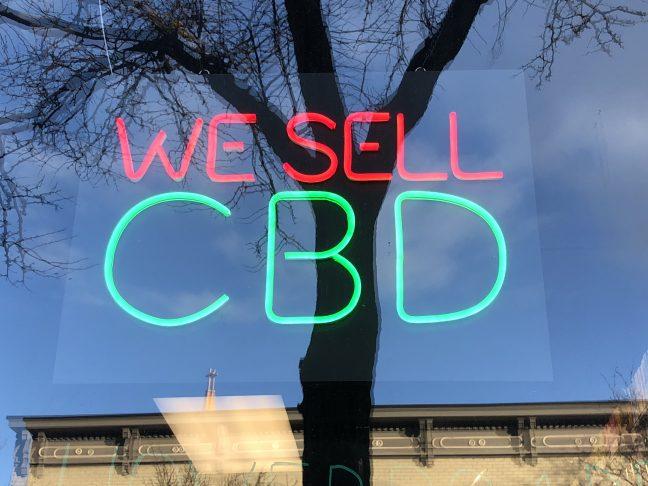With recent spikes in the availability and sale of cannabidiol products that are being used as an alternative treatment for pain and anxiety, doctors warn of potential health risks and unproven claims of benefit from CBD.
7-Eleven stores installed CBD dispensing robots, Canadian company Cronos bought a CBD company for $300 million and HempAmericana, Inc. released an online portal for the sale of CBD products.
The director of the Doctor of Medicine-Master of Public Health program at University of Wisconsin School of Medicine and Public Health, Dr. Dipesh Navsaria, said CBD could have countless benefits it has not been systematically tested for.
He said the only benefit that has been found for CBD in clinical trials is for intractable seizures, which are seizures that don’t respond to any type of treatment or therapy, and that Epidiolex is the only medication containing CBD that is FDA-approved.
“There are many other claims out there, and we don’t have any strong evidence that those claims actually count or not,” Navsaria said.
The FDA has issued seven warning letters this year to firms for marketing “unapproved new drugs that allegedly contain CBD.” Three of the firms are based in Florida.
CBD products can be easily found online and in stores, including Walgreens. CBD American Shaman sells anti-inflammatory creams and a large variety of CBD products for beauty, wellness and pain relief on its online website and stores throughout Wisconsin and other US states.
“Even if I knew or had reasonable evidence that CBD is valuable, for example, for intractable seizures, I don’t know if I tell someone to just go out and buy CBD — not the prescription one that I talked about — I have no idea how much active ingredients I’m actually getting,” Navsaria said. “I don’t know about the purity. I don’t know what else is in there. There’s all sorts of questions that would make it very difficult for me to say yes, it’s okay to take this.”
This issue is a problem not just for CBD, Navsaria said, but also for almost any herbal supplement or homeopathic remedy on the market.
Associate Professor at the University of Wisconsin School of Pharmacy Natalie Schmitz’s research focuses on looking at the labeling accuracy of different products to check if they have as much CBD in them as they claim as well as if they contain any other cannabinoid.
“Some other ones that I haven’t started yet, but are on the horizon, are looking at if your drugs screen test positive from CBD and overlooking the absorption and how the body breaks down topical CBD,” Schmitz said.
Medical marijuana bill to potentially bring medical, monetary benefit, affect arrests
According to Forbes, people using CBD products can test positive for cannabis in urine drug tests. This can be alarming for individuals whose jobs require them to be tested for drugs.
Though companies will make consumers believe CBD has numerous benefits, Schmitz said there is not enough literature to support the effectiveness of CBD.
“Anecdotally, it seems that different conditions have had some benefits, such as pain, anxiety, but I think more research needs to be done before I can make a conclusive statement on its effectiveness,” Schmitz said.
In a recent study, researchers observed that CBD can actually cause liver damage and liver toxicity. Moreover, side effects of CBD include nausea, fatigue and irritability.
Though significant risks of using CBD have not yet been observed, Schmitz said it still has numerous potential risks, such as drug interactions that can lead to personal harm. Such drug interactions include increased levels of certain medications in the blood.
Schmitz said the sale of CBD products could be regulated if the FDA compiled and published some sort of guidance and developed a standardization program. She also said state-proposed guidelines and quality measurements could help in ensuring that CBD is sold without any risks to the public.
“I think that whenever you see a product that is being touted for so many different cures or remedies, you should stop and ask yourself, how is it possible that one item is doing all these different things?” Navsaria said. “I think there is a lot of profit motive here. I don’t think this is about trying to help people — I think this is about trying to maximize sales of a product while it’s something trendy. It could be that some other usage could be shown over time, but the evidence for that is not really there.”













